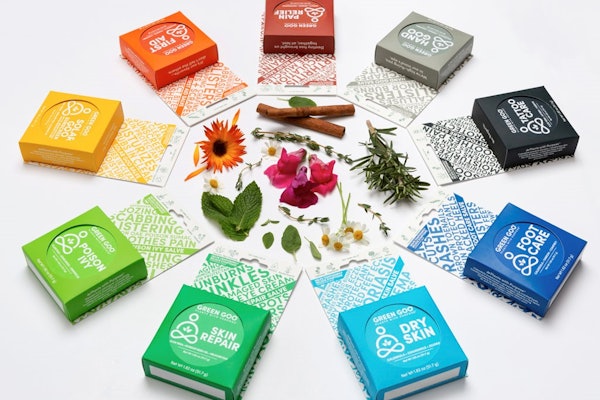"The major trend facing healthcare packaging is an increasing level of expectation [throughout the supply chain] for performance at a reduced level of cost."
So says Laura Bix, Ph.D., and assistant professor at MSU, where her appointment involves teaching, outreach, and research in medical packaging. She cites combination products as an example of how firms are serving the needs of healthcare providers through packaging design.
Yet, "by their very design," Bix says, "combination products add complexity to the packaging system. Products like insulin injector pens, metered dose inhalers, transdermal patches, and prefilled syringes are combination products that add convenience and save the end user time and/or effort. The device itself becomes a package for the drug product, complicating things like shelf life, efficacy, package testing, labeling, and regulation. Device manufacturers that are using the device as a drug delivery system, or a package for the drug, now have to consider issues like migration, sorption, permeation, and drug stability. These are issues that were likely not important to them when they packaged a lone device."
Bix adds, "Combination products also include items that are packed together for the convenience of the user. One such example is a kit consisting of multiple surgical instruments packaged with drapes and drugs, such as lidocaine. Again, it's more convenience for the end user, but adds complexity for the device manufacturer and packager, who must ensure that the kit be efficiently, thoroughly, and correctly packed, sterilized, and distributed."
She says that sterilization also becomes more complicated with combination products. "Not only must the manufacturer be certain that all components within the kit reach a sterile state, but all materials must also be compatible with the sterilization process. In many cases, the package design is expected to facilitate sterilization. For example, devices that are sterilized using EtO [ethylene oxide] must be contained in packages that incorporate a porous membrane. This membrane allows the EtO gas to penetrate (and evacuate) the package during the sterilization process.
"When utilizing irradiation for sterilization, both product and packaging materials must be accounted for so that they are not adversely impacted by the sterilization process," Bix notes. [HCP]
By Jim Butschli, Editor
So says Laura Bix, Ph.D., and assistant professor at MSU, where her appointment involves teaching, outreach, and research in medical packaging. She cites combination products as an example of how firms are serving the needs of healthcare providers through packaging design.
Yet, "by their very design," Bix says, "combination products add complexity to the packaging system. Products like insulin injector pens, metered dose inhalers, transdermal patches, and prefilled syringes are combination products that add convenience and save the end user time and/or effort. The device itself becomes a package for the drug product, complicating things like shelf life, efficacy, package testing, labeling, and regulation. Device manufacturers that are using the device as a drug delivery system, or a package for the drug, now have to consider issues like migration, sorption, permeation, and drug stability. These are issues that were likely not important to them when they packaged a lone device."
Bix adds, "Combination products also include items that are packed together for the convenience of the user. One such example is a kit consisting of multiple surgical instruments packaged with drapes and drugs, such as lidocaine. Again, it's more convenience for the end user, but adds complexity for the device manufacturer and packager, who must ensure that the kit be efficiently, thoroughly, and correctly packed, sterilized, and distributed."
She says that sterilization also becomes more complicated with combination products. "Not only must the manufacturer be certain that all components within the kit reach a sterile state, but all materials must also be compatible with the sterilization process. In many cases, the package design is expected to facilitate sterilization. For example, devices that are sterilized using EtO [ethylene oxide] must be contained in packages that incorporate a porous membrane. This membrane allows the EtO gas to penetrate (and evacuate) the package during the sterilization process.
"When utilizing irradiation for sterilization, both product and packaging materials must be accounted for so that they are not adversely impacted by the sterilization process," Bix notes. [HCP]
By Jim Butschli, Editor



















